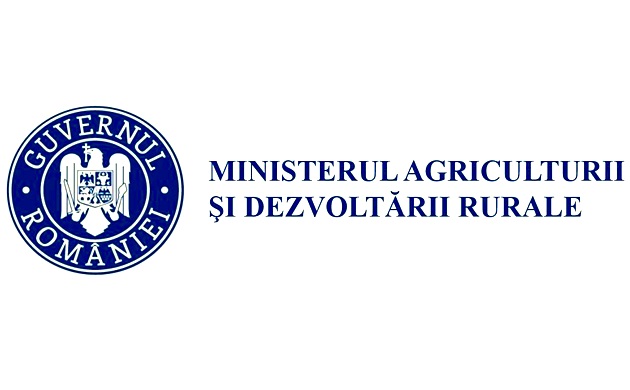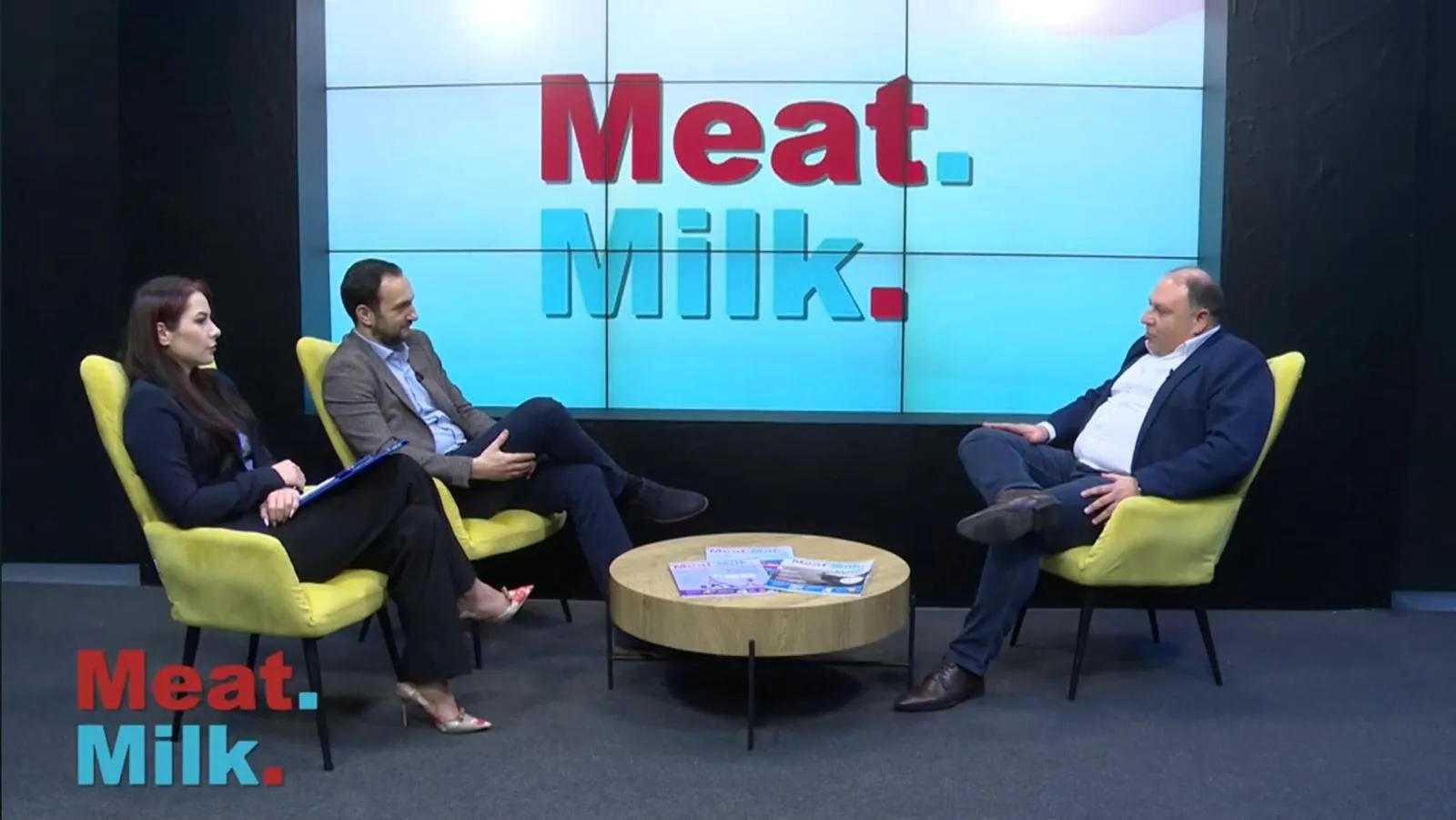804

The Ministry of Agriculture and Rural Development (MADR) is undergoing an internal reorganization following the adoption of Law No. 314/2024, which approves Emergency Ordinance No. 85/2024 on the restructuring of the ministry and its subordinated institutions. According to the legal act, full implementation of the new organizational chart has been postponed until December 31, 2025, in order to avoid disruptions in current activities and in the ministry’s relationship with farmers.
According to public data, the reform targets a reduction in the number of positions, simplification of budgetary flows, and elimination of redundant functions. Thus, out of a total of 14,265 approved positions, approximately 868 will be eliminated, leaving 13,397 positions after reorganization. In addition, the number of management positions will be reduced from 721 to 320, while the number of budget holders will decrease from 121 to 46.
A significant example of dysfunction in the current structure is the General Directorate for Food Industry Policies and Trade (DGPIAC), which currently operates with four managers for only 14 active employees. The directorate has 31 approved positions, but 13 of them are vacant. The ministry’s leadership has announced that all vacant positions will be abolished, and the directorate will be reorganized with a single management role, in line with new administrative efficiency criteria.
Minister Florin Barbu stated that the reorganization aims at “reducing bureaucracy and increasing institutional performance,” stressing that MADR must become a leaner structure, capable of responding quickly to the needs of farmers and the food industry. In parallel, Emergency Ordinance 85/2024 provides that support activities—such as internal audit, human resources, and legal services—will be integrated into the structures that already manage them, in order to avoid overlapping responsibilities.
The reform is not without controversy. The AGRO-STAR Federation has warned that a fast-tracked implementation of the reorganization could create imbalances in the system, especially in control institutions and phytosanitary services. Other voices in the industry emphasize that the transformations must be aligned with food safety objectives and with commitments made to the European Commission.
Full implementation of the new organizational chart is scheduled for the end of next year. In the first stage, the ministry will complete the evaluation of positions and issue internal reorganization orders, with staff redistribution and budget adjustments to follow gradually.
The 2025 reform could become one of the most extensive administrative reorganizations in the recent history of the Ministry of Agriculture—directly impacting the functioning of the institution and the way it interacts with producers and processors in the agri-food sector.





